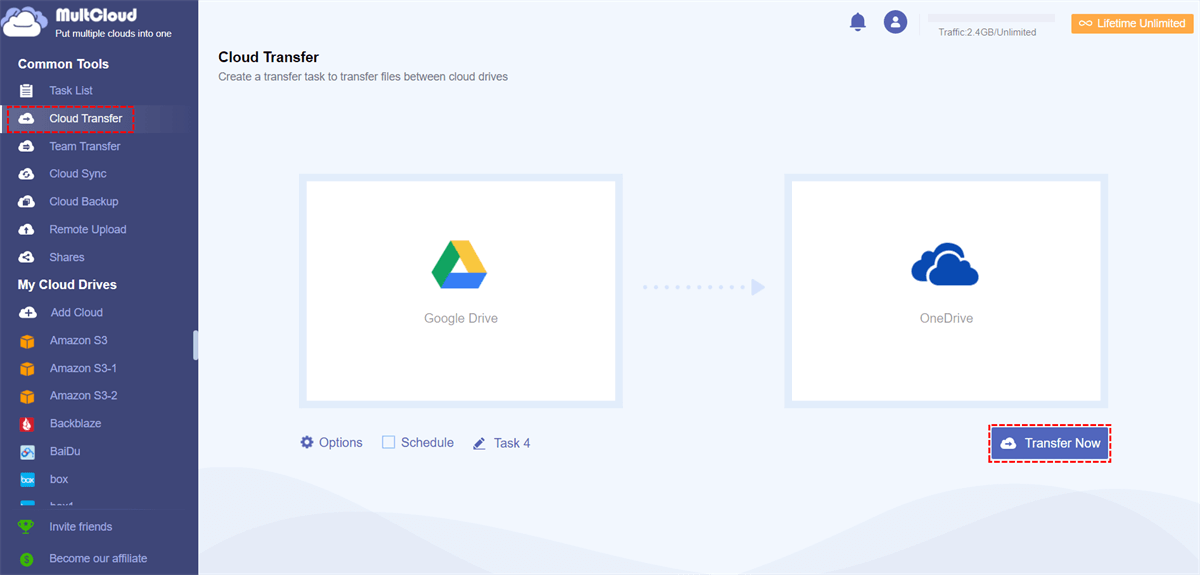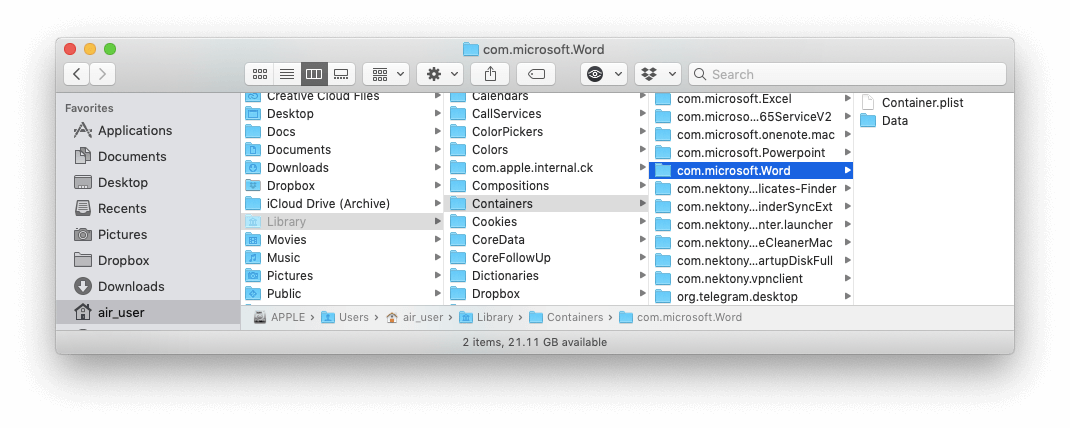

About the same time, Tenenhaus et al.’s (2005) seminal article was released, which summarized PLS-SEM’s statistical properties and introduced it to a broader audience of methodological researchers.
#Drive plugin for office 365 mac software#
While the availability of PLS-Graph ( Chin, 2003) accelerated the use of PLS-SEM, particularly in management information systems ( Ringle et al., 2012 Hair, Hollingsworth, Randolph and Chong, 2017), applications grew exponentially following the release of the free SmartPLS 2 software ( Ringle et al., 2005) that included many analysis options and quickly became the most popular PLS-SEM software (e.g. Despite these developments, little interest was shown in the method until Chin (1998) introduced the method to business research in his seminal article in Marcoulides’s (1998) edited volume Modern Methods for Business Research, followed by his release of PLS-Graph (2003) – the first software package with a graphical user interface for PLS-SEM analyses.

Then in the early 1990s, Falk and Miller (1992) published their Primer on Soft Modeling. Lohmöller (1984) introduced the LVPLS software to estimate causal models and later published the comprehensive PLS-SEM textbook Latent Variable Path Modeling with Partial Least Squares ( Lohmöller, 1989). The primary advantages of PLS-SEM include the relaxation of “hard” distributional assumptions required by the maximum likelihood method used to estimate models using CB-SEM, and PLS-SEM’s ability to easily estimate much more complex models with smaller sample sizes ( Jöreskog and Wold, 1982). This pattern continued for almost 20 years despite several fundamental advantages of PLS-SEM. In contrast, without software, PLS-SEM remained relatively unknown – notwithstanding early research comparing the methods and offering guidance for their choice ( Jöreskog and Wold, 1982 Dijkstra, 1983). A likely reason was Jöreskog’s development of the LISREL software, which led to the early widespread adoption of CB-SEM. PLS-SEM was standing in the shadows of the more popular covariance-based SEM (CB-SEM) method for many years. Figure 1 visualizes some key publications that contributed to the development and diffusion of PLS-SEM. But the road to its widespread adoption among researchers and practitioners was not always straightforward and sometimes bumpy.

Today, PLS-SEM belongs to the common portfolio of multivariate analysis methods ( Hair, Black, Babin and Anderson, 2018). Indeed, numerous researchers have contributed to expanding awareness and applications of what is now known as PLS-SEM. Since Wold (1974) developed the PLS algorithm more than 40 years ago, the method has evolved considerably, particularly in recent years. Internet research using partial least squares structural equation modeling (PLS-SEM) Innovation and diffusion of PLS-SEM Copyright © 2019, Emerald Publishing Limited


 0 kommentar(er)
0 kommentar(er)
